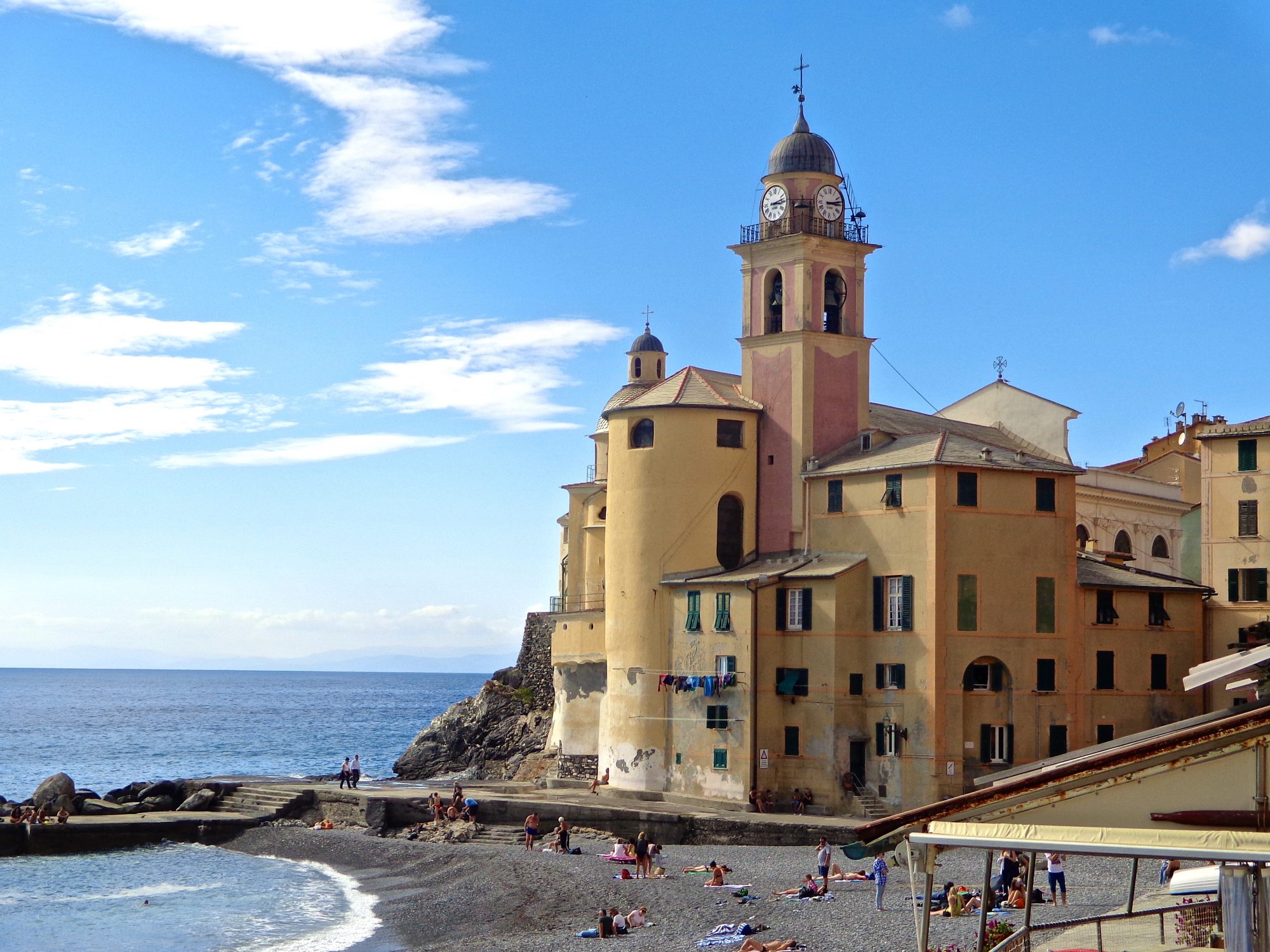
If the best things in life come in small packages, then Ventotene is a perfect example. Just a tiny island in the Tyrrhenian sea off the west coast of Italy, Ventotene is all of two miles long and almost a half mile wide. It is one of six islands called the Pontine Islands, of which Ponza is the largest and most developed.
The Romans discovered Ventotene over 2,000 years ago and named it Pandataria. Emperor Augustus banished his promiscuous daughter Giulia here in 2 BC. The crumbled remains of her prison-palace, Villa Giulia, can still be seen today.
The early Romans heavily used and depended on this small piece of land for very good reasons. Off the beaten tourist track today, this easily missed island packs a big punch.

My blog team, This Is Your Time, arrived in Ventotene for two days in September. We took a boat from Formia on the mainland and arrived in the modern port before reaching the old Roman port on foot. Built into the side of the volcanic island, the Roman port is lined with fisherman’s boats and scuba shops.
Ventotene is very photogenic and reminded me a little of the Greek islands. Breathtaking 360-degree views of the Mediterranean sea can be seen from several spots.


Ventotene is very walkable. The streets are undeveloped and narrow, allowing only one small car to pass at a time. But the traffic is seldom, making for perfect walking and hiking.
Dinner happens late in Italy, so with good appetites we arrived at Restaurant il Giardino (The Garden Restaurant). Authentic and tasty island cuisine is served consisting of fish and seafood freshly selected from the Port of Ventotene each morning. Chef Candida Sportiello transforms this seafood into magical dishes that dazzle the eye while her son, Luca, serves them with flair. Take a look!

Freshly caught fish from surrounding ocean waters topped with tender green beans and island herbs dressed to perfection. Superb!!

Several other dishes arrived just as gorgeously displayed. Each one was well worth mouth-watering praise.

After dinner, we strolled through the village streets to the central square, Piazza Castello. The Town Hall commands center stage in matching yellow with white trim. A line of flags on poles grace the front. The piazza has a few cafes, alimentari and restaurants. But this is not the place for nightlife. It is quiet and serene. A lovely place to be for a mellow evening experience.


The next day for lunch, we were greeted with big smiles by Pina (center) and her family at their restaurant, Un Mare di Sapori. It is inside a grotto on the old Roman port. A table was prepared for us with great care. Wine was poured and island cuisine began to arrive in various dishes. The lentil is cultivated on the island, and the resulting soup that Pina served was absolutely delicious….earthy and flavorful.

Antipasti from the kitchen…four different kinds of cheese, olives, salami, artichoke, and eggplant rolls.


We were served a bottle of delicious Falerno wine, made from a grape varietal cultivated in first century Rome. It was the favorite drink of the emperors and was also a red wine. In fact, Pliny mentions in his writings that it was the only wine that would ignite when a match was put to it. Falerno was obviously much higher in alcohol then!
Pina’s restaurant is also a shop with shelves of local products for sale.

A lighthouse rises on the edge of the rock at the old Roman Port. Santo Stefano Island with its sprawling prison stands just off to the left. Mussolini detained his adversaries here during WWII. The prison is now abandoned.

Below the surface of the waters of Ventotene, evidence was found of five ancient Roman ships with cargoes of wine, olive oil and garum (fish sauce) still intact in large clay amphora. Ventotene was perfectly located on the trade route between Rome and North Africa.

Ventotene is rich with history, beginning with the Phoenicians and Greeks and continuing into the present. It was used as a listening post by a German garrison before being captured by allies in 1943.

The next day after a full morning of sight-seeing, we dined at La Terazza di Mimi. The ocean view and exotic dishes combined with sea-scented gentle breezes created a memory that will linger for many years.




Pietro owns the restaurant and has named it after his father Mimi. He shared his many exciting plans for the development of his properties on the island that is sure to increase tourism with a new, ecologically sound twist. He has a great love and respect for the natural environment of Ventotene.
Bright island flowers give sprightly accent to the shimmering Mediterranean.
Ventotene has several terraced views that instill a strong sense of exotic ambience. My favorite location is the hotel Borgo dei Cacciatori. Owned by Pietro as well, it is in the process of a complete restoration. The new Borgo dei Cacciatori will be eco-friendly which includes the swimming pool. Earthy tones and colors of the island will be used to decorate the hotel, providing a peaceful and relaxing environment.

Imagine the large sweeping terrace on a warm evening. Long white tables are laden with sumptuous island cuisine and sparkling white wine. The Tyrrhenian ocean spreads out before you in a vast expanse reaching to the horizon. Surrounded by good friends, you watch the golden sun set as brilliant colors streak across the sky. Soft breezes caress warm faces and inspire a sense of well-being. Borgo dei Cacciatori is such a place.


Barely touched by international tourism, Ventotene enjoys a natural existence. The subject of ancient Greek myth, Homer intended this to be the place where Ulysses confronted the sirens during his long journey home. Ventotene makes it easy to believe that they still exist today.




